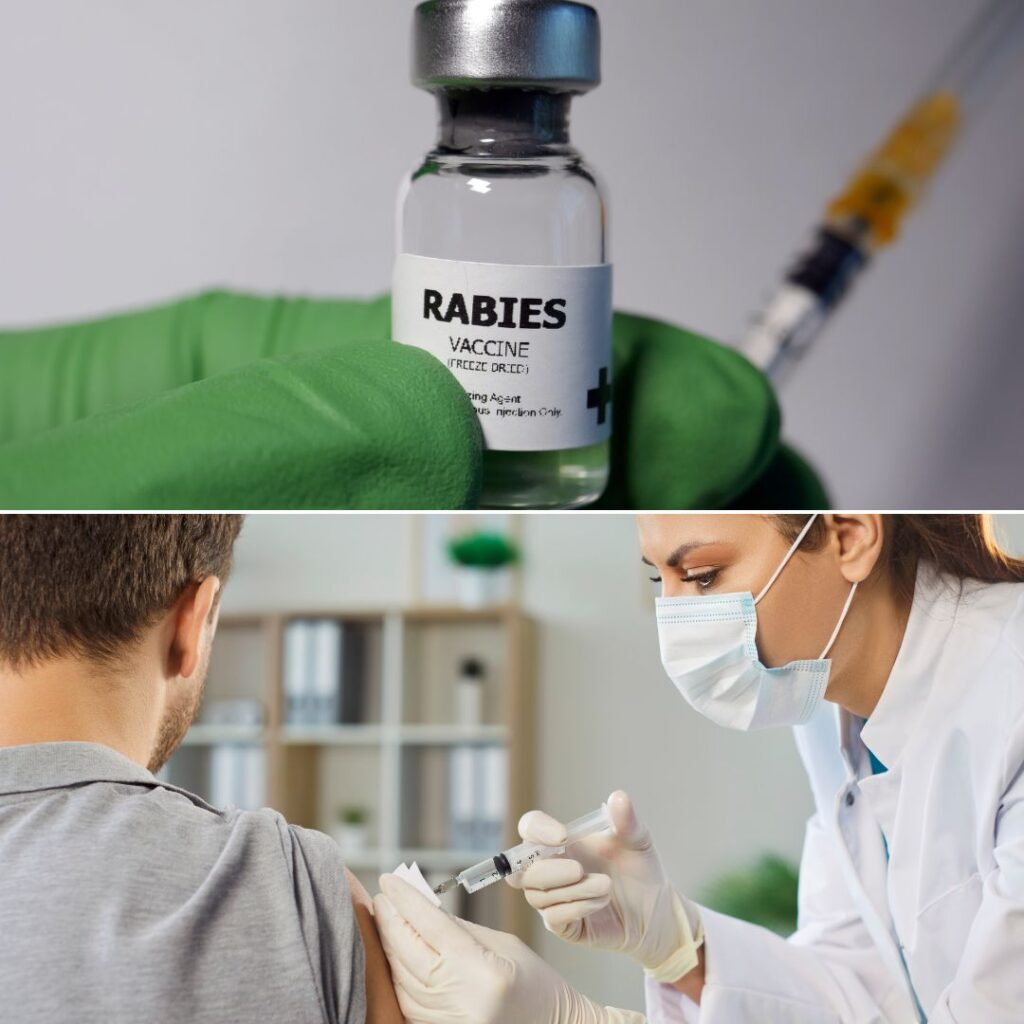Since the first reports of novel pneumonia (COVID-19) in Wuhan, Hubei province, China, there has been considerable discussion on the origin of the causative virus, SARS-CoV-2.
Infections with SARS-CoV-2 are now widespread, and as of March 29, 4,14,179 cases have been confirmed globally, with 18,440 deaths.
SARS-CoV-2: Origin Story
According to a report publiced on Nature Medicine, titled ‘The proximal origin of SARS-CoV-2’, there are two scenarios that can plausibly explain the origin of SARS-CoV-2:
(1) natural selection in an animal host before a zoonotic transfer
(2) natural selection in humans following zoonotic transfer
The scientists found that the SARS-CoV-2 backbone differed substantially from those of already known coronaviruses and mostly resembled related viruses found in bats and pangolins.
Before Zoonotic Transfer
Since many early cases of COVID-19 were linked to the Huanan market in Wuhan, it can be assumed that an animal source was present at this location.
Due to the similarity of SARS-CoV-2 to bat SARS-CoV-like coronaviruses, it is likely that bats serve as reservoir hosts for its progenitor.
Malayan pangolins illegally imported into Guangdong province also contain coronaviruses similar to SARS-CoV-2.
As of now, no animal coronavirus has been identified that is adequately similar to have served as the direct progenitor of SARS-CoV-2, the diversity of coronaviruses in bats and other species is massively undersampled.
For a precursor virus to acquire characteristics suitable for affecting a human, an animal host would probably have to have a high population density (to allow natural selection to proceed efficiently).
After Zoonotic Transfer
It is possible that a progenitor of SARS-CoV-2 jumped into humans, acquiring the genomic features through adaptation during undetected human-to-human transmission.
Once acquired, these adaptations would enable the pandemic to take off and produce a sufficiently large cluster of cases to trigger the surveillance system that detected it.
Science Daily reported that co-author Andrew Rambaut cautioned that it is difficult if not impossible to know at this point which of the scenarios is most likely.
If the SARS-CoV-2 entered humans in its current pathogenic form from an animal source, it raises the probability of future outbreaks, as the illness-causing strain of the virus could still be circulating in the animal population and might once again jump into humans.
On December 31 of last year, Chinese authorities alerted the World Health Organization of an outbreak of a novel strain of coronavirus causing severe illness, which was subsequently named SARS-CoV-2.
Patient Zero
India Today reported that a 57-year-old female shrimp seller in China’s Wuhan city, the place of origin of the coronavirus pandemic, has been identified as one of the first victims of COVID-19.
The ‘patient zero’,Wei Guixian, as identified by The Wall Street Journal, had made a full recovery in January after month-long treatment, was reportedly selling shrimps at the Huanan Seafood Market on December 10 when she developed a cold.
Towards the end of December Wei was quarantined when doctors related the emergence of the coronavirus with the seafood market.
The ‘live market’ has now been closed indefinitely following the outbreak.
The ‘patient zero’ stated that she got the disease from a toilet she shared with meat sellers in the market. She said several vendors trading close to her also contracted the killer disease.
Also Read: ‘Sudden Lockdown Has Created Immense Panic And Confusion’: Rahul Gandhi In Letter To PM Modi











